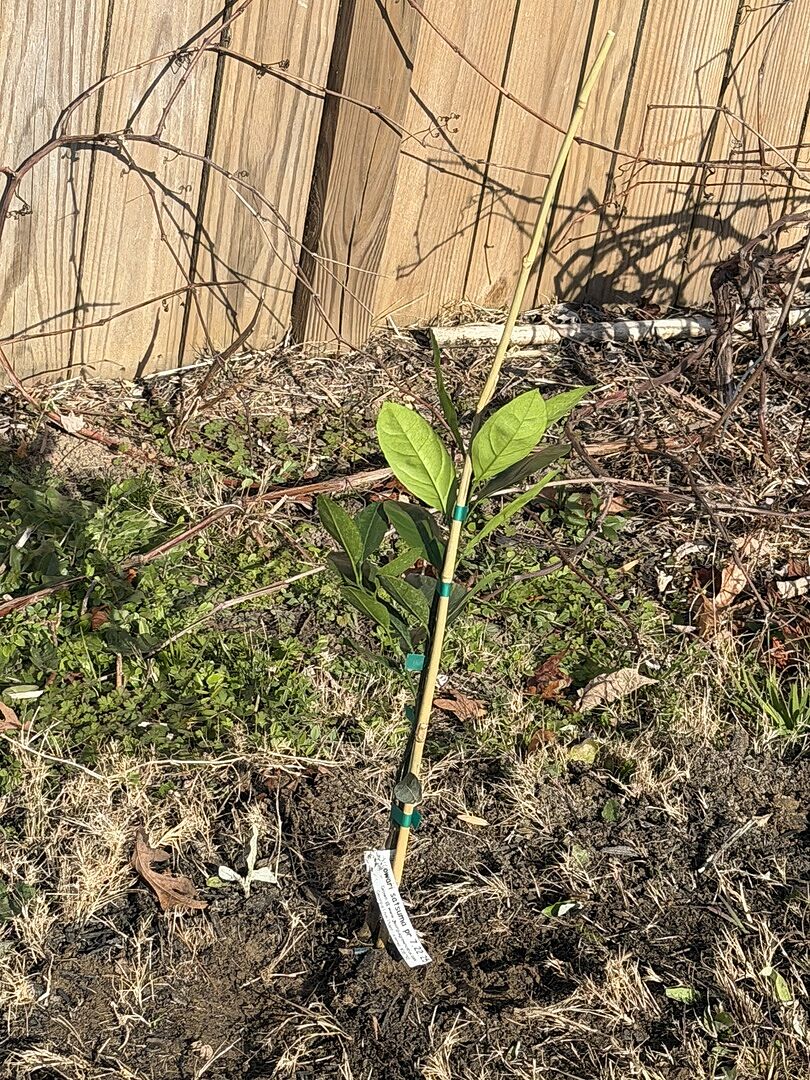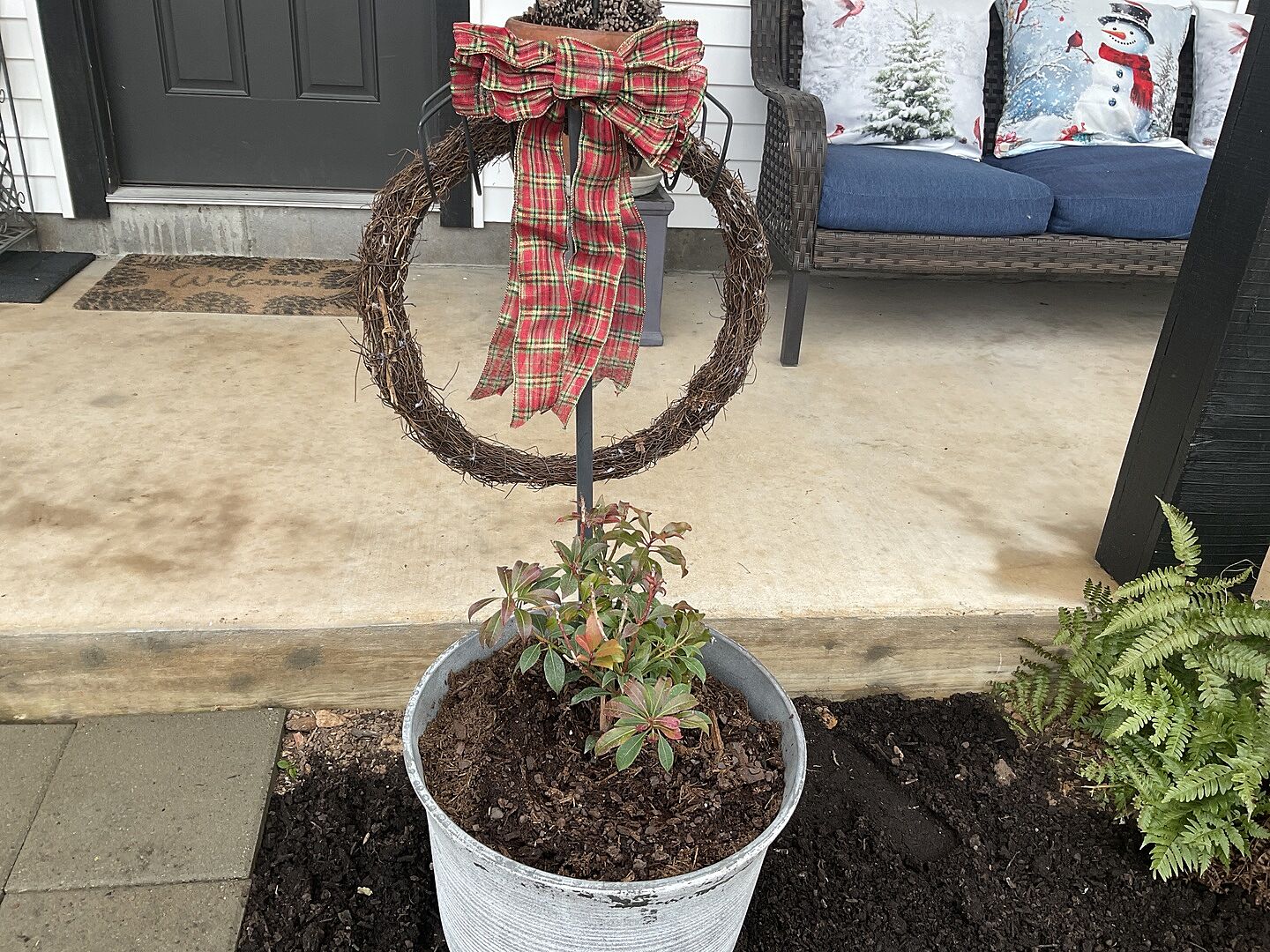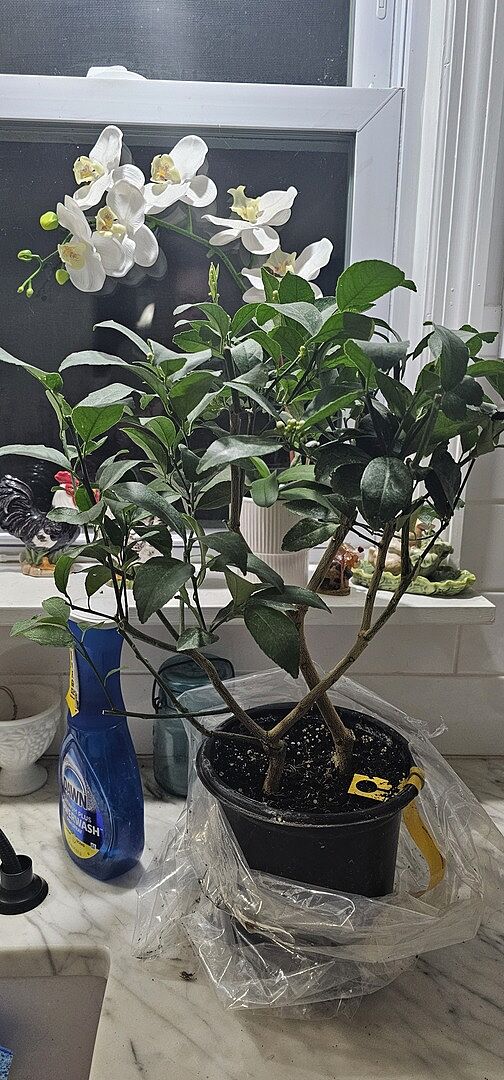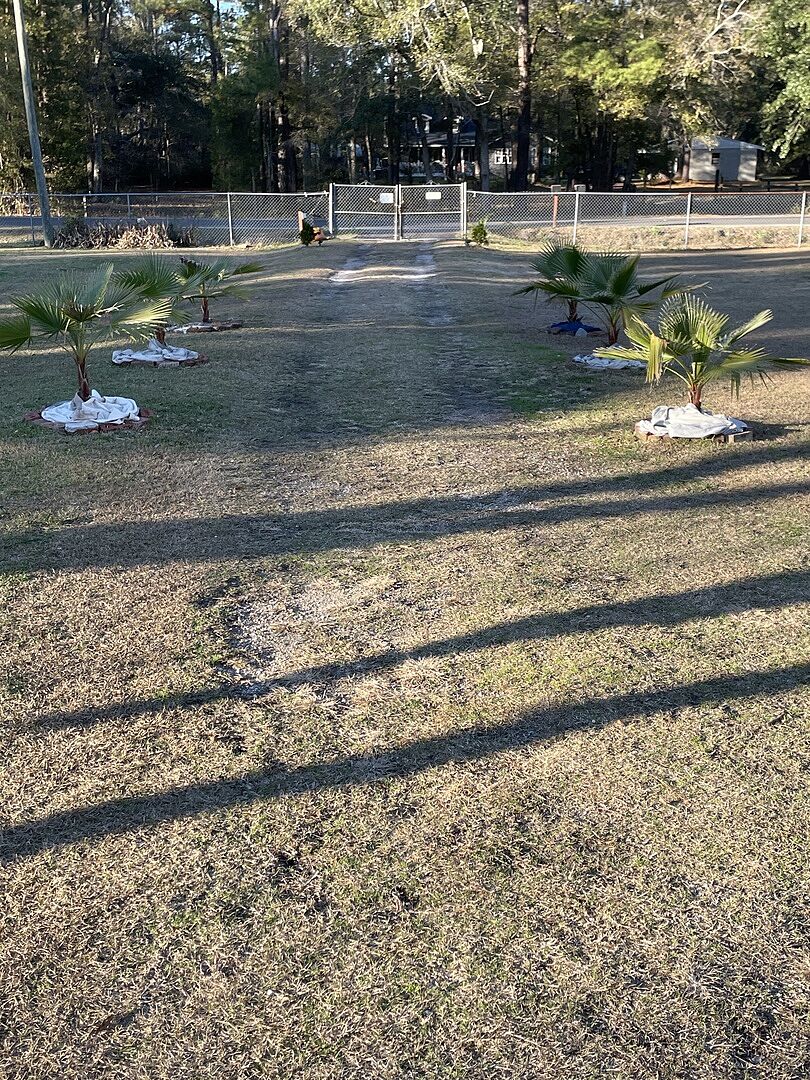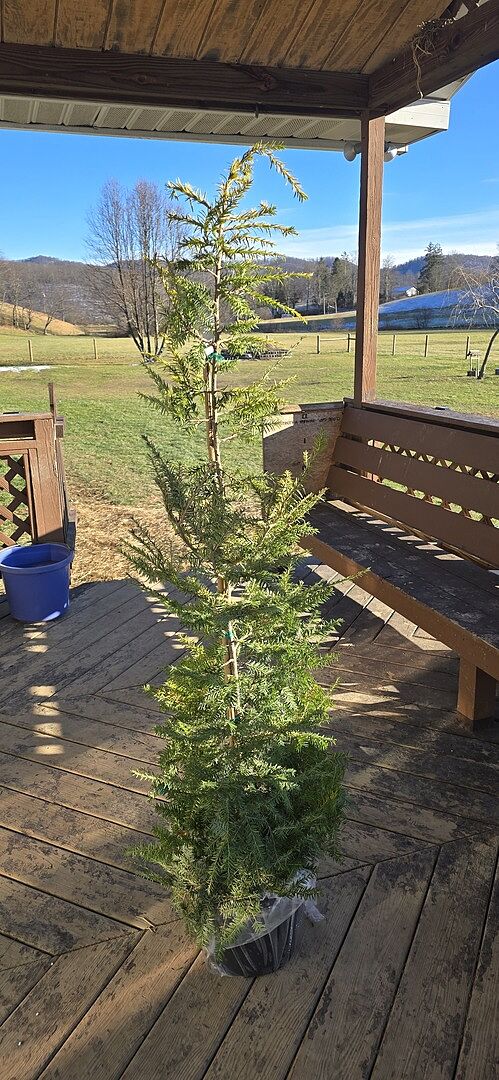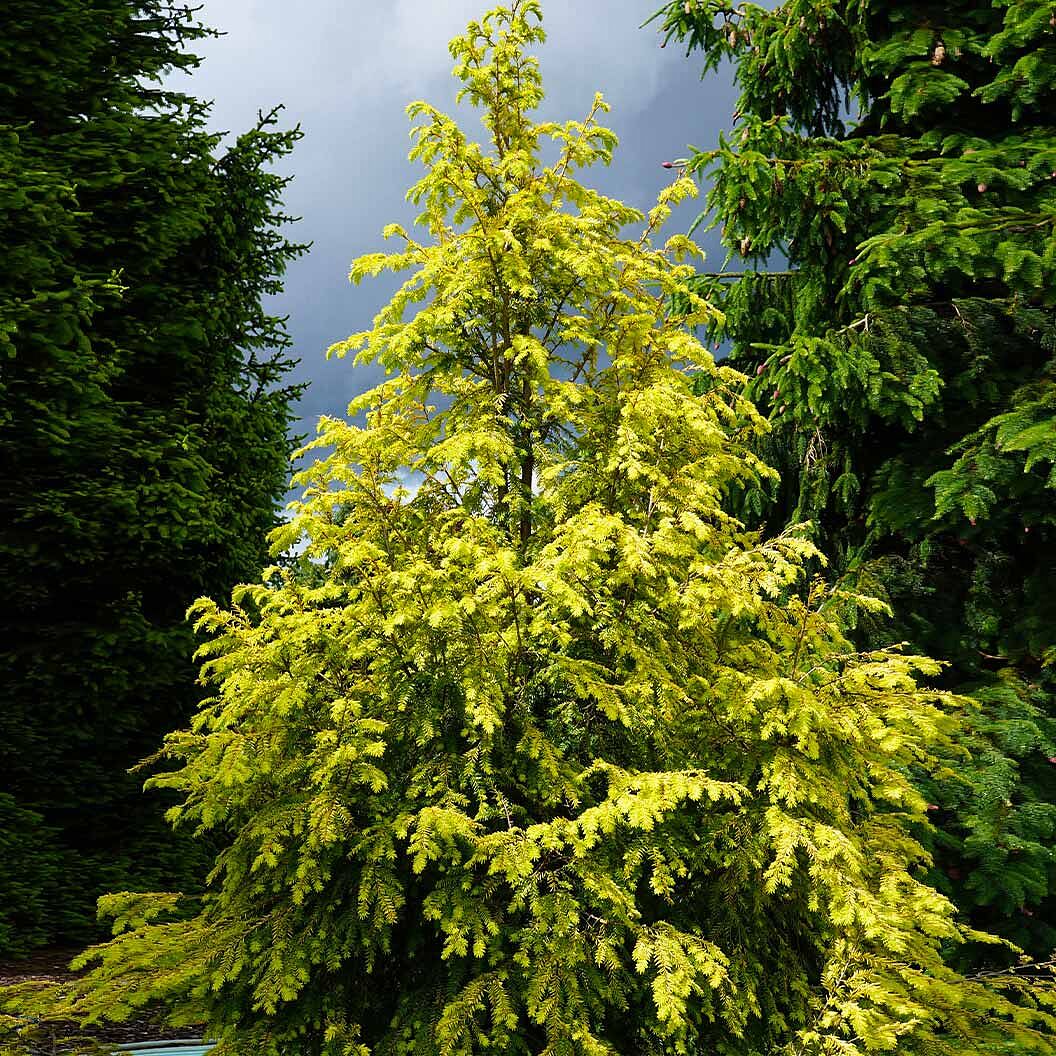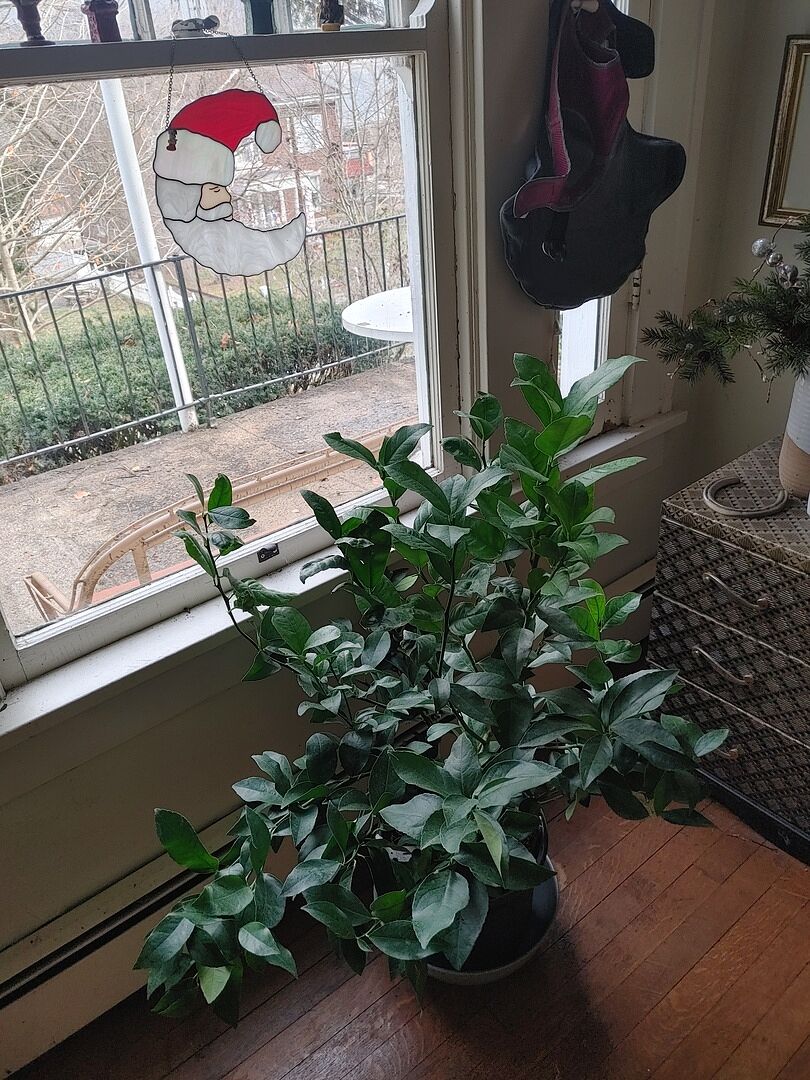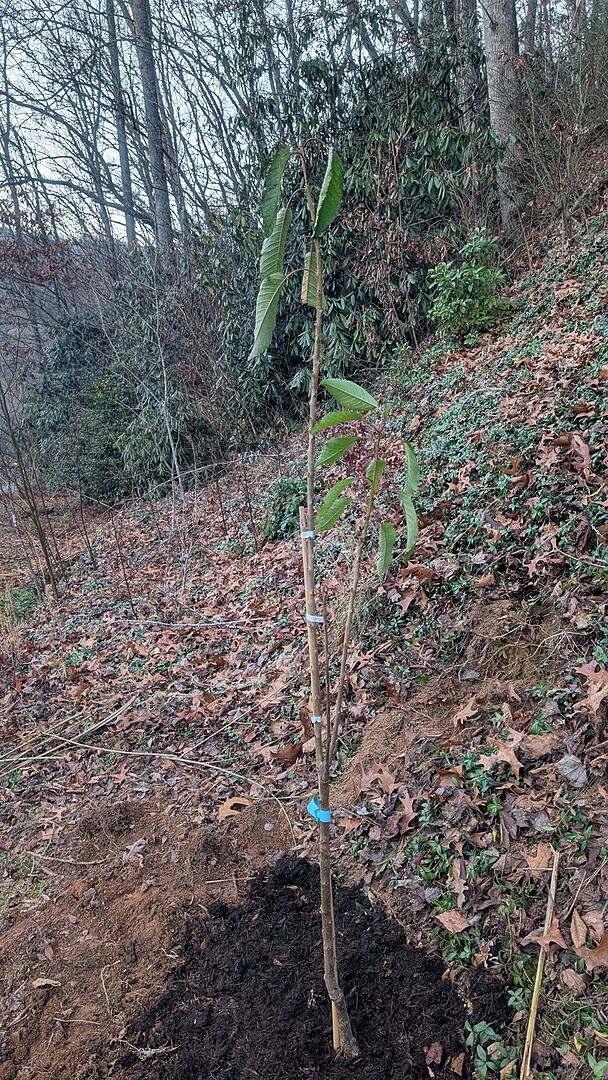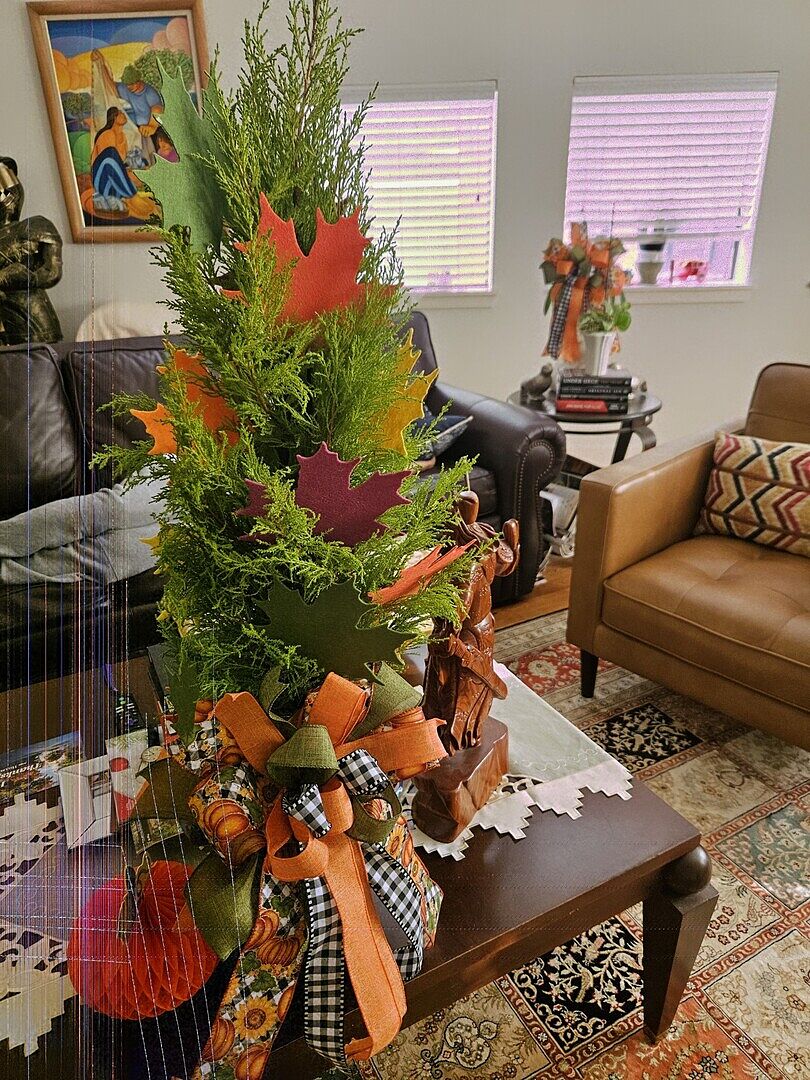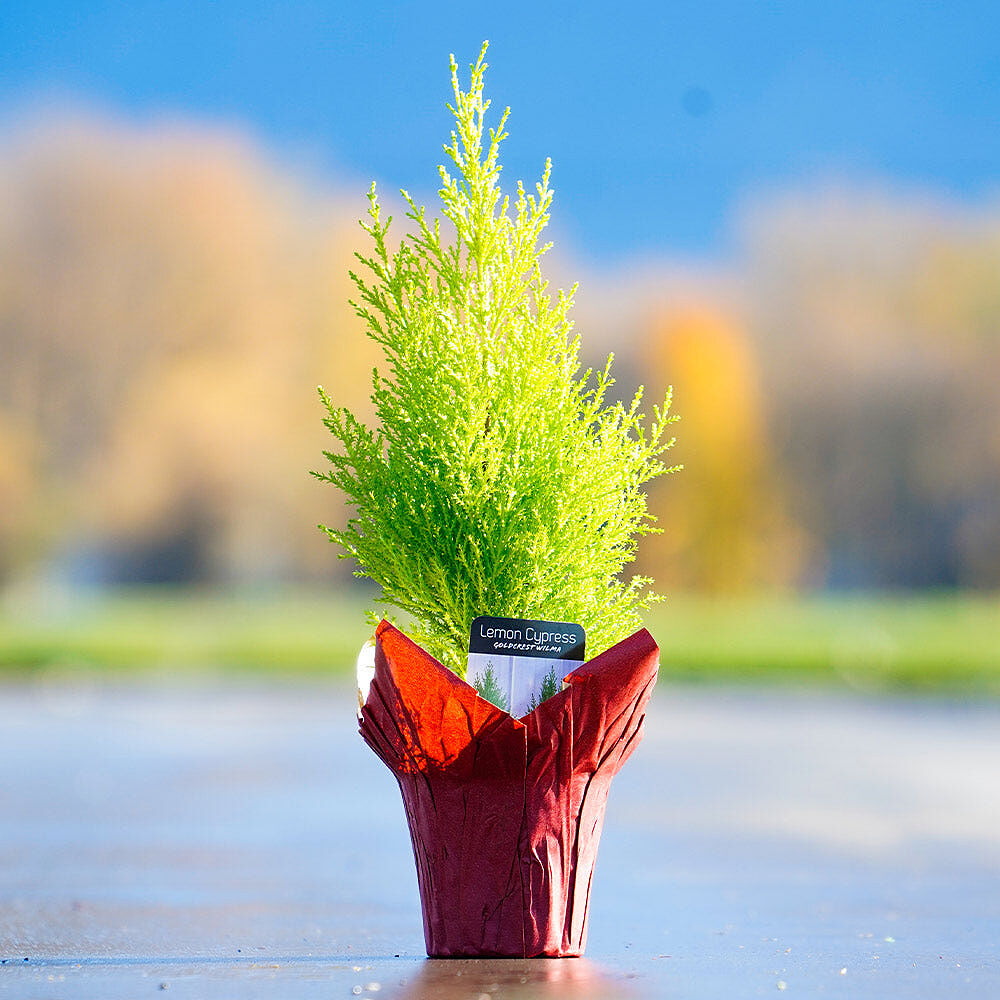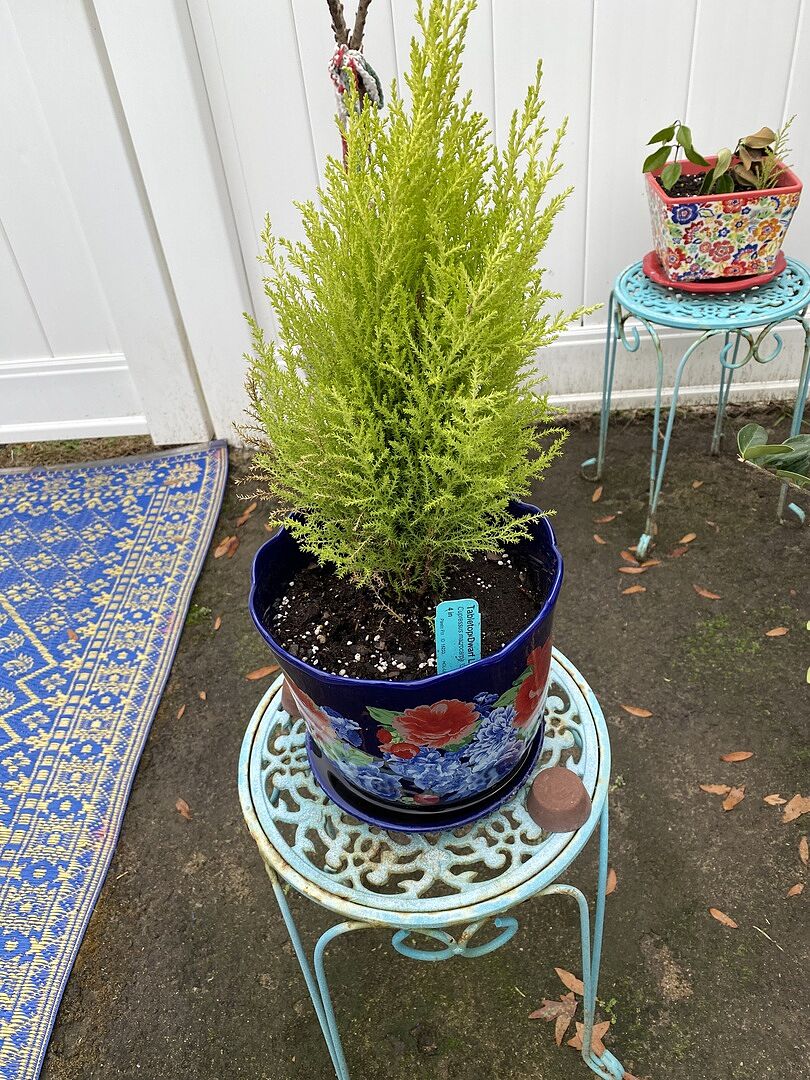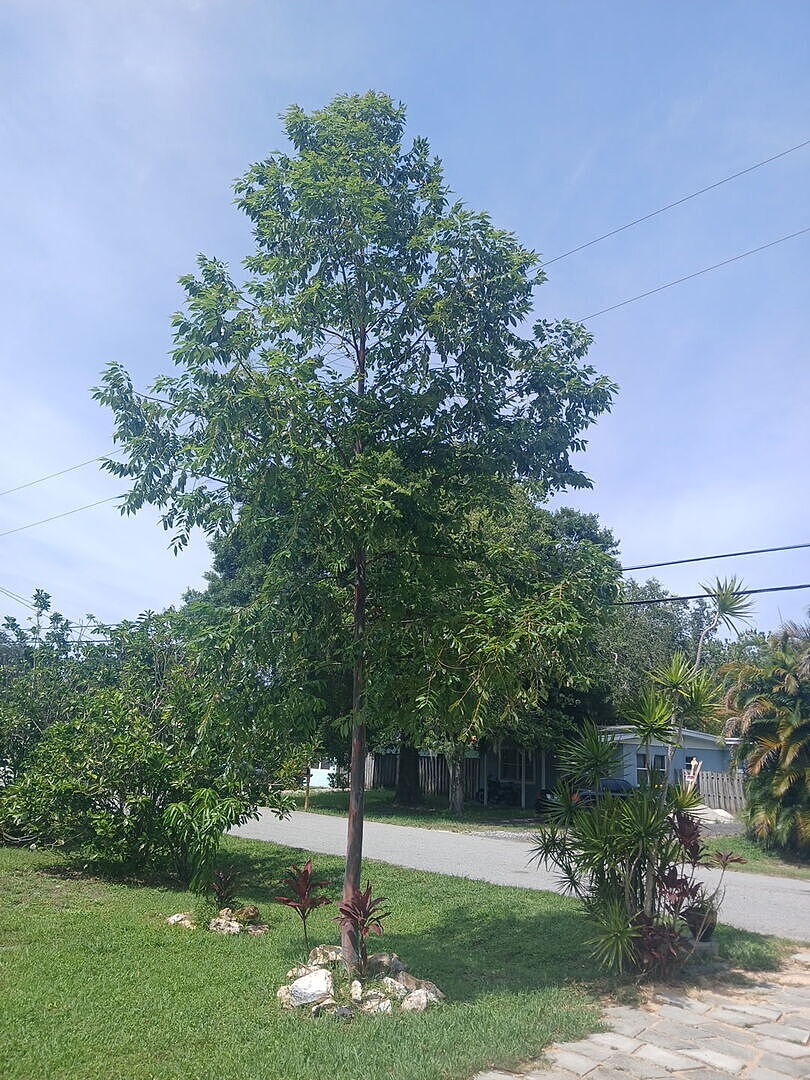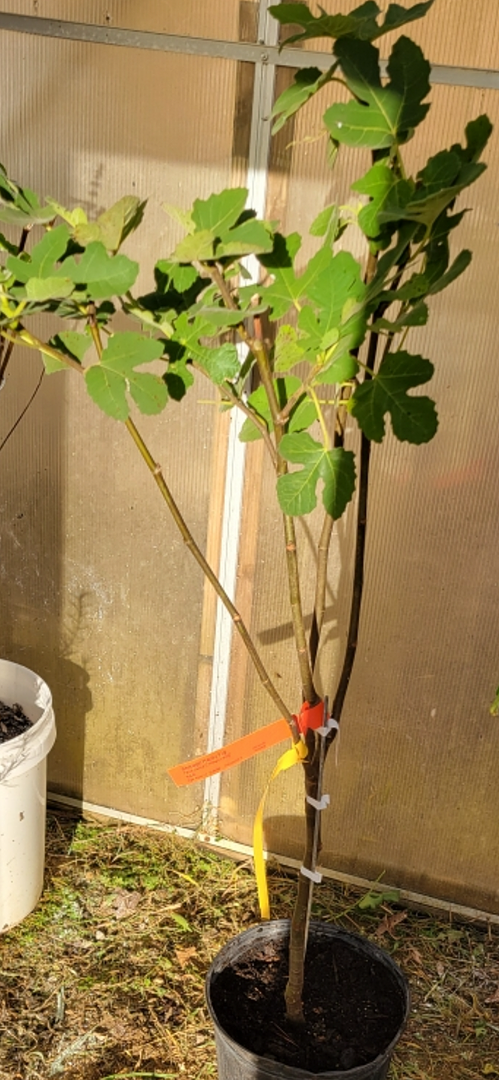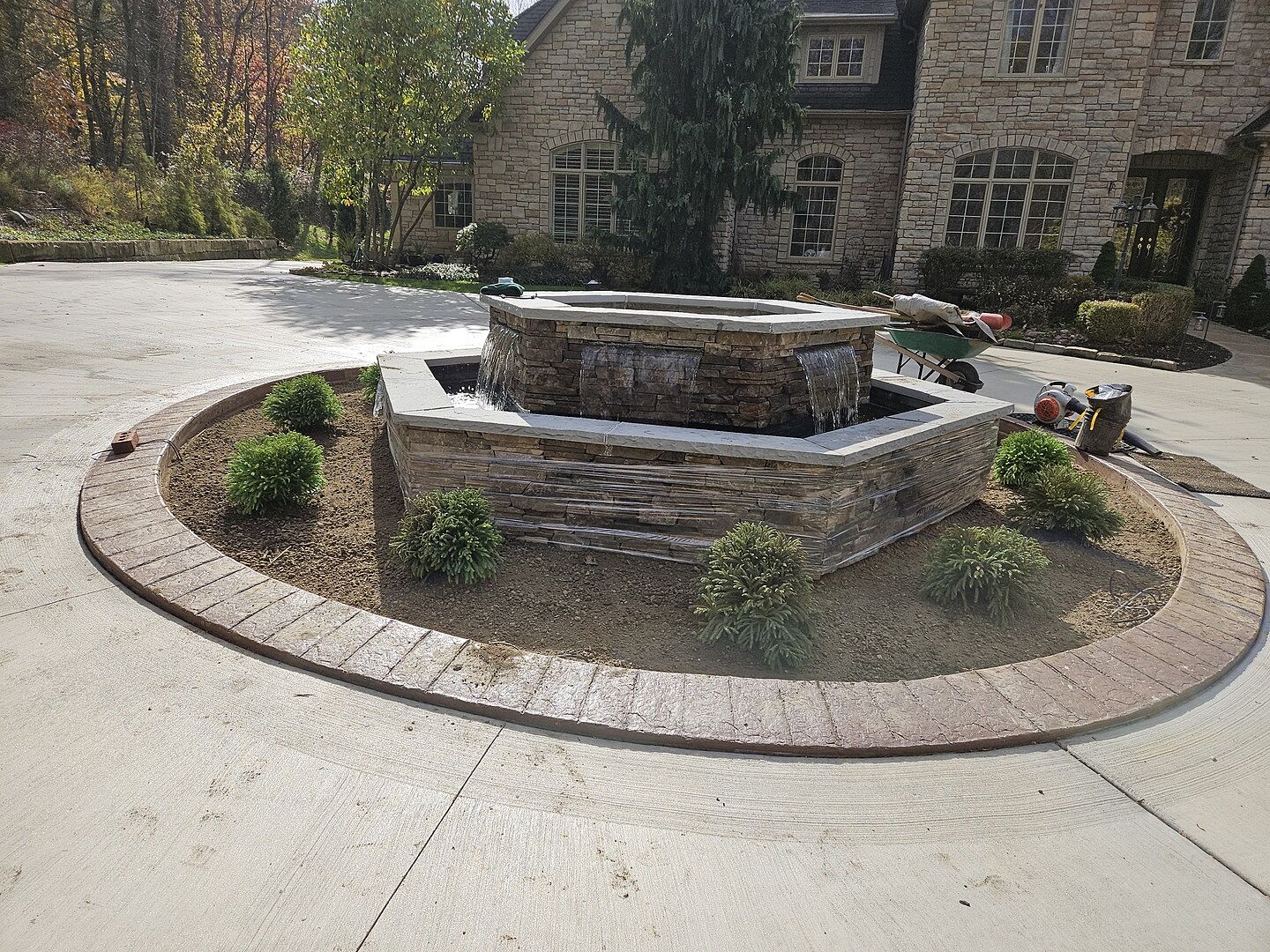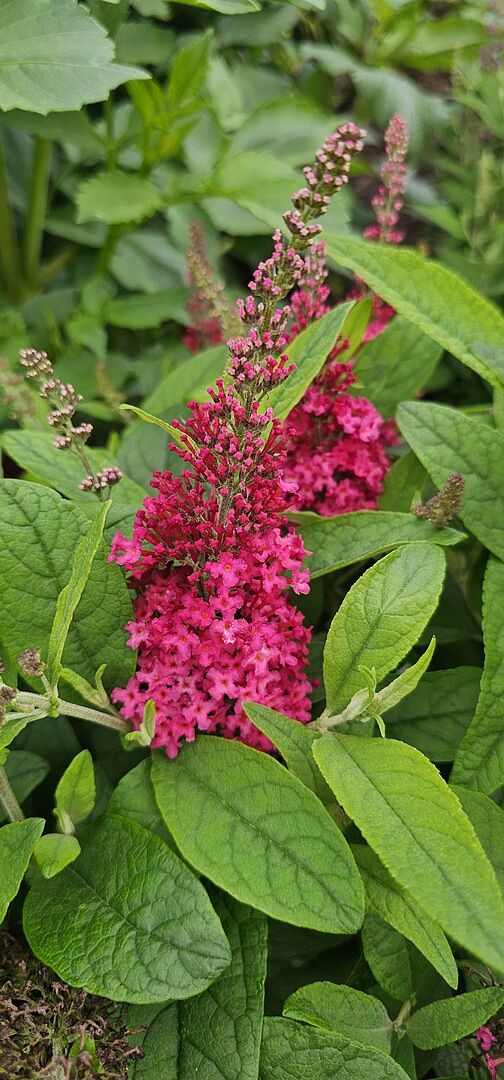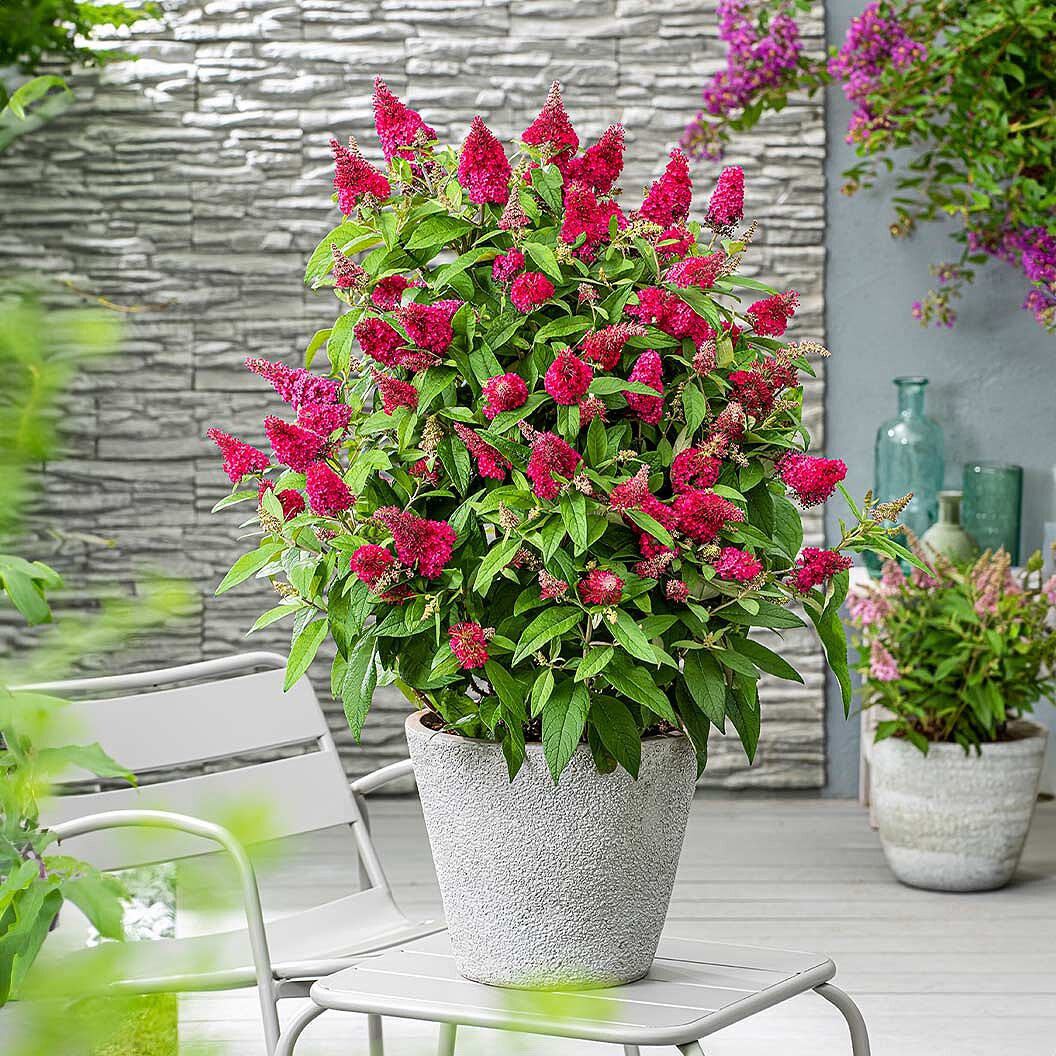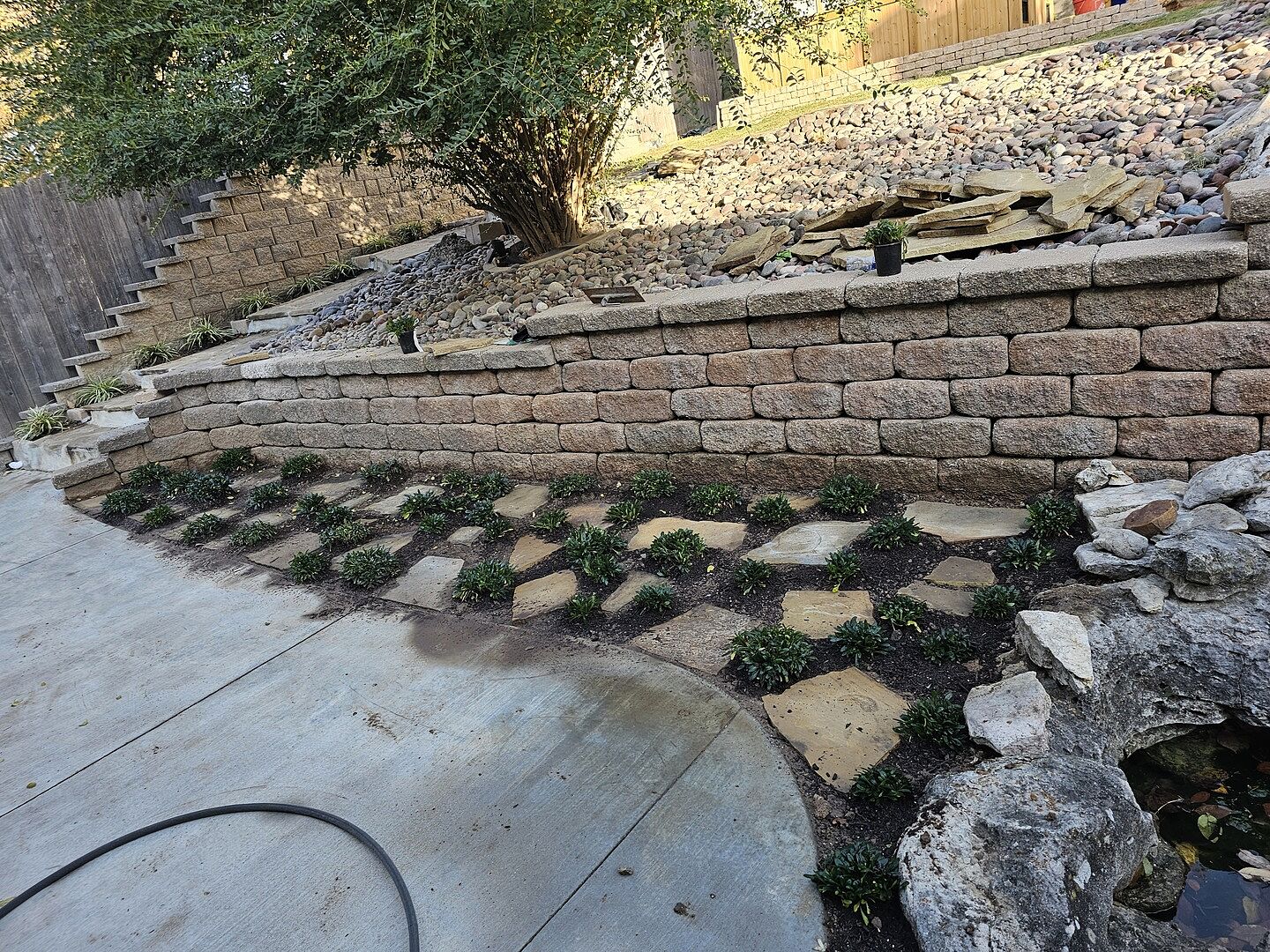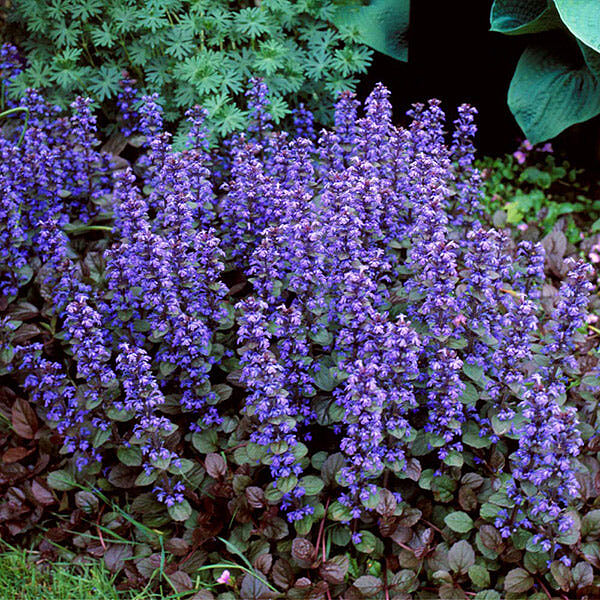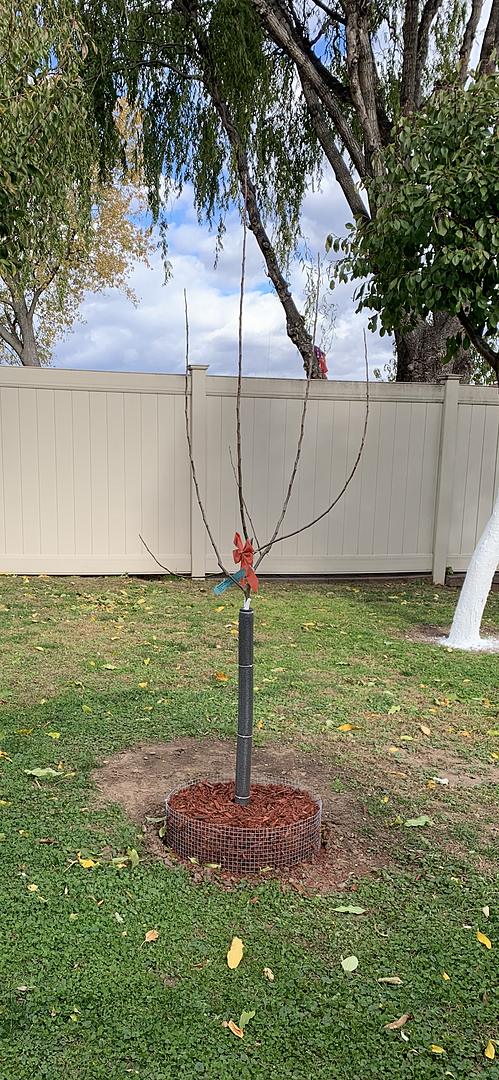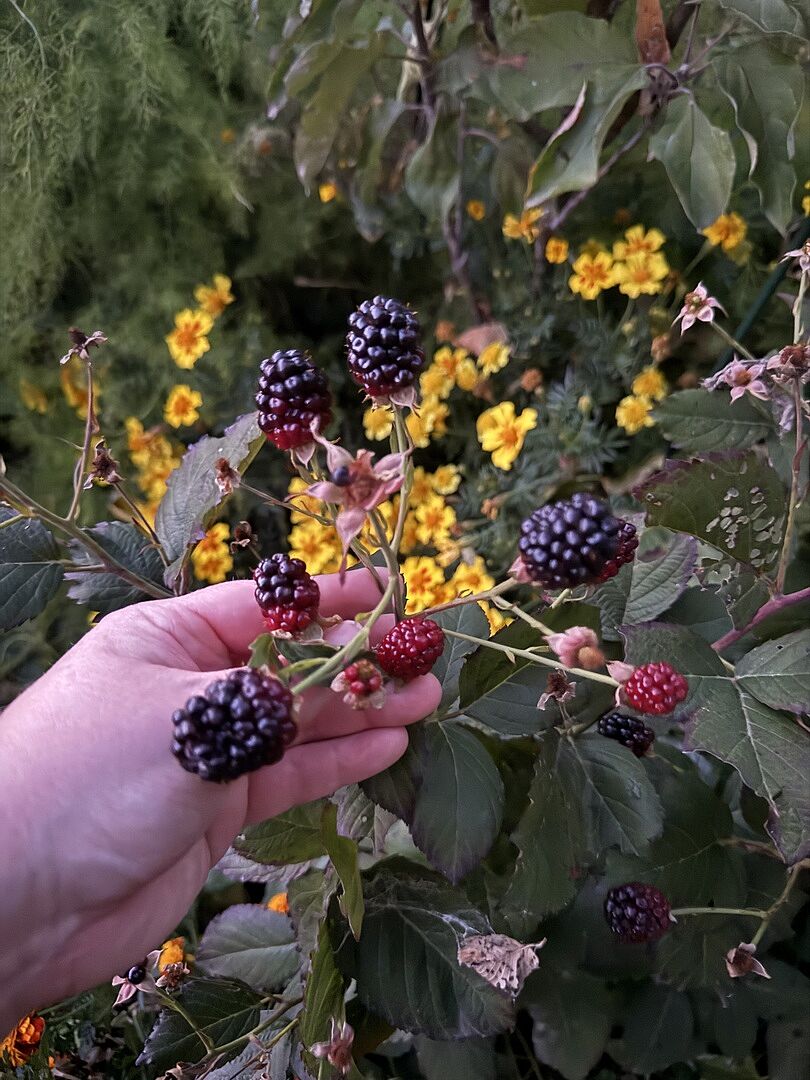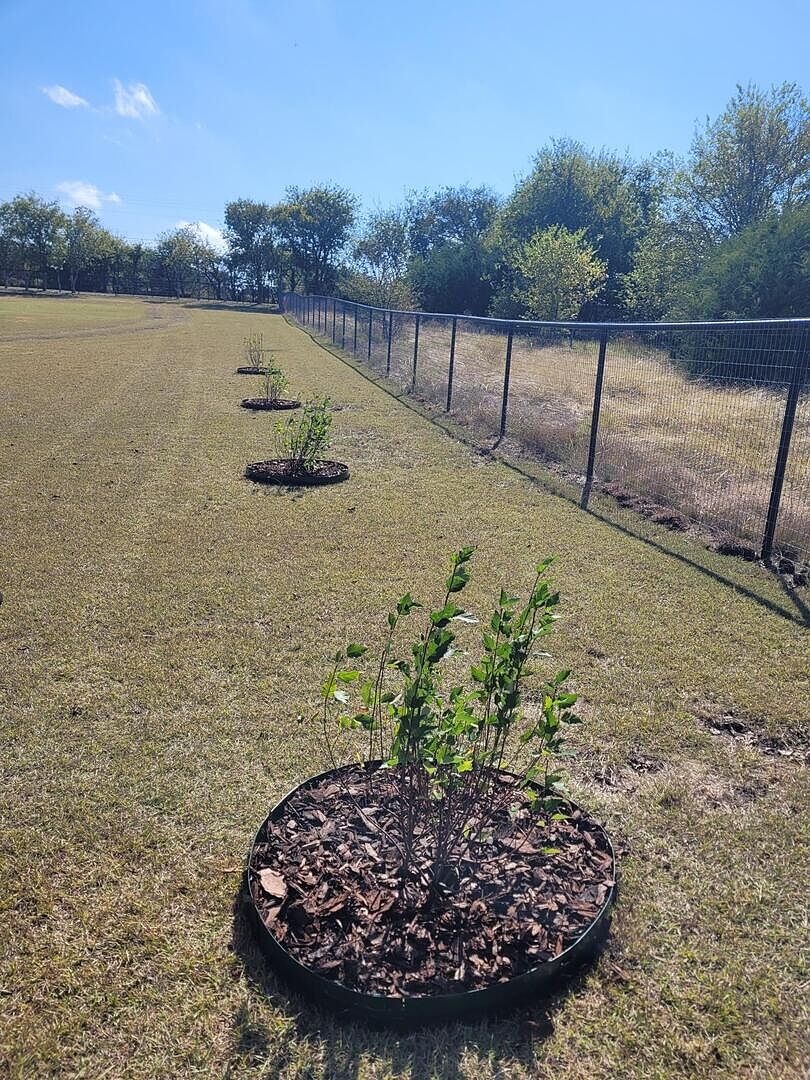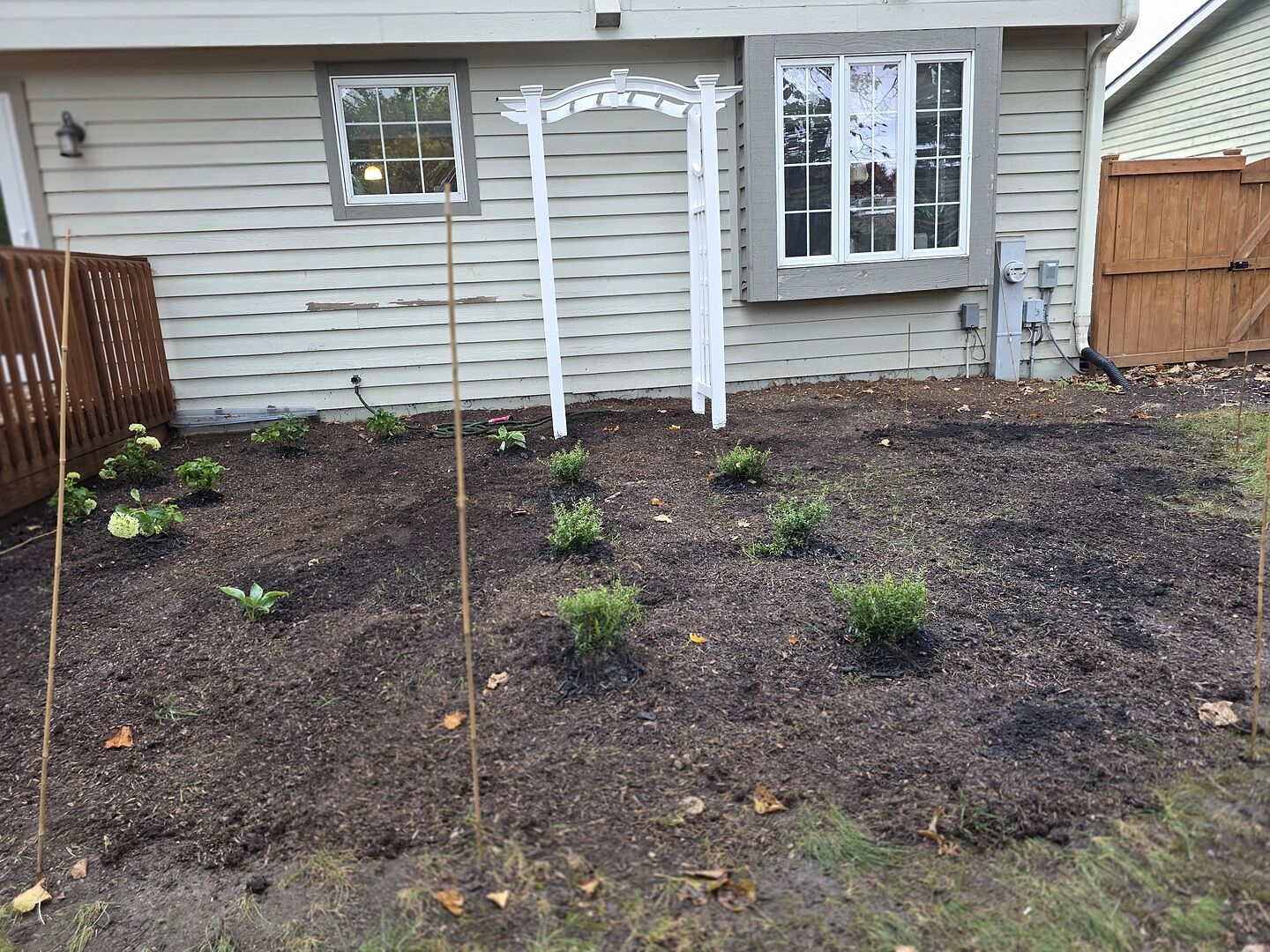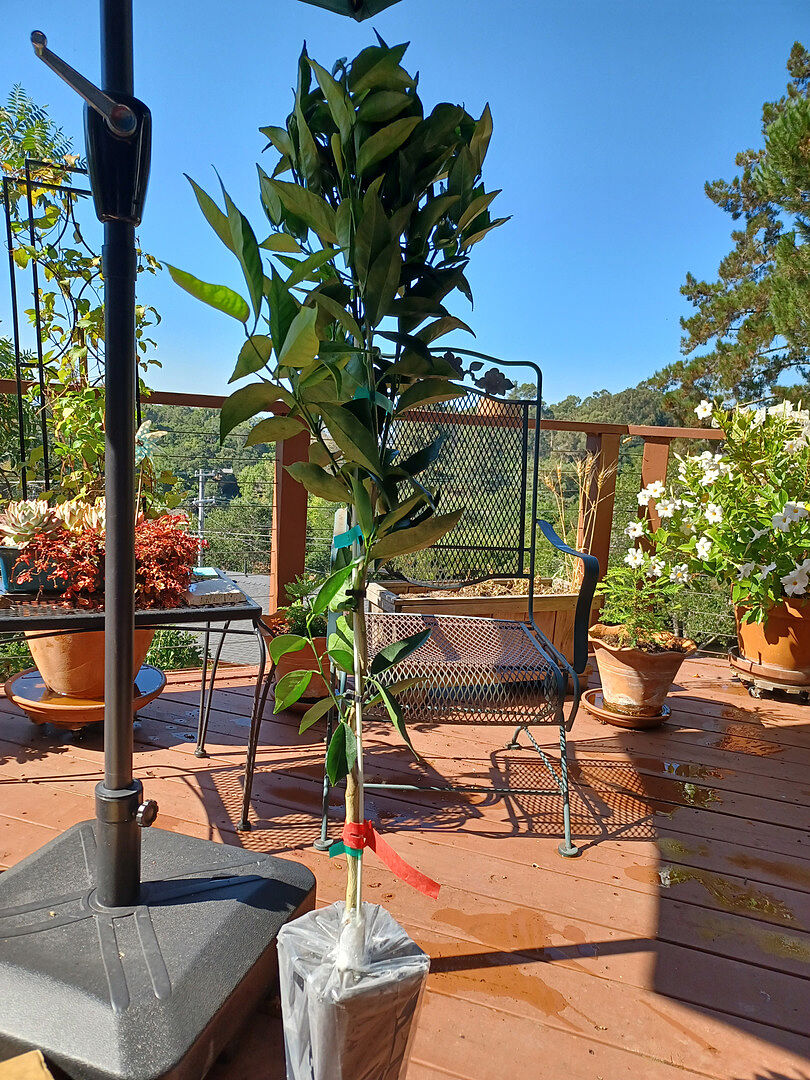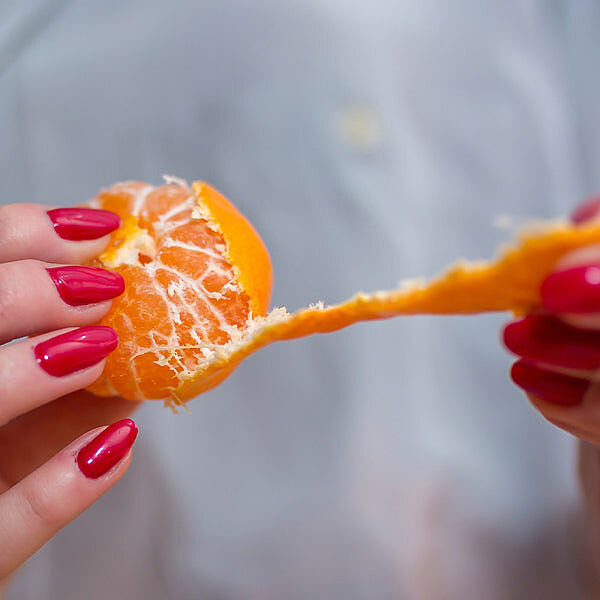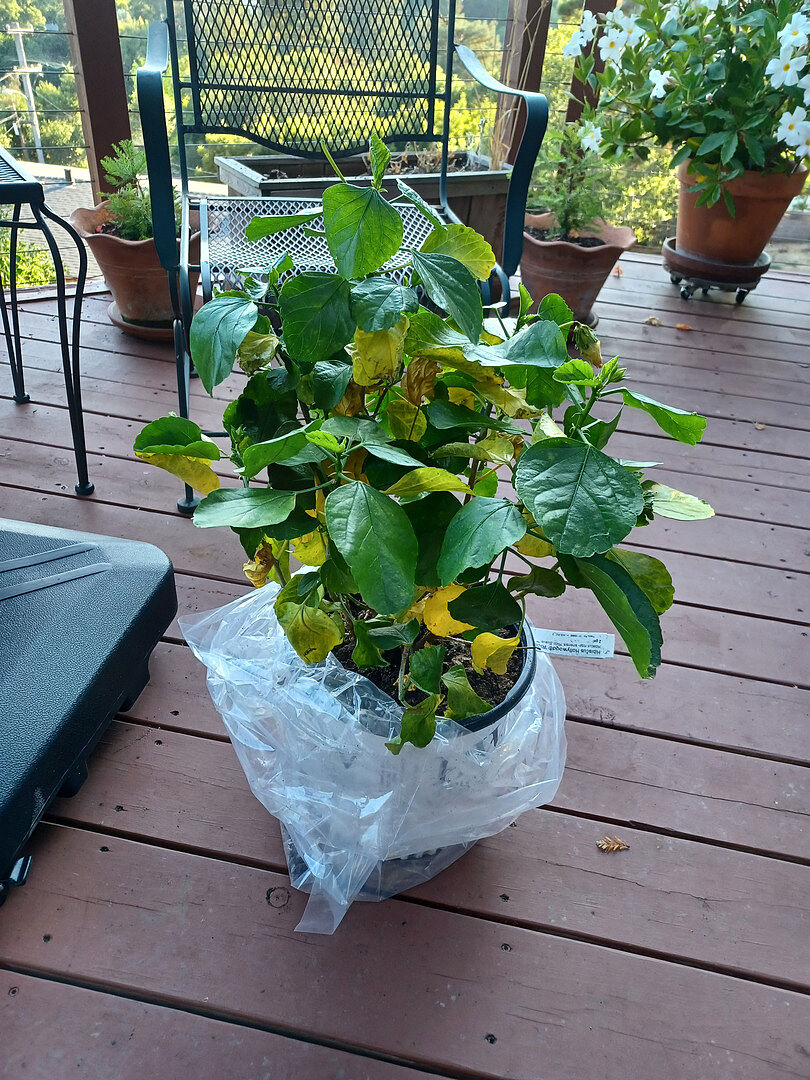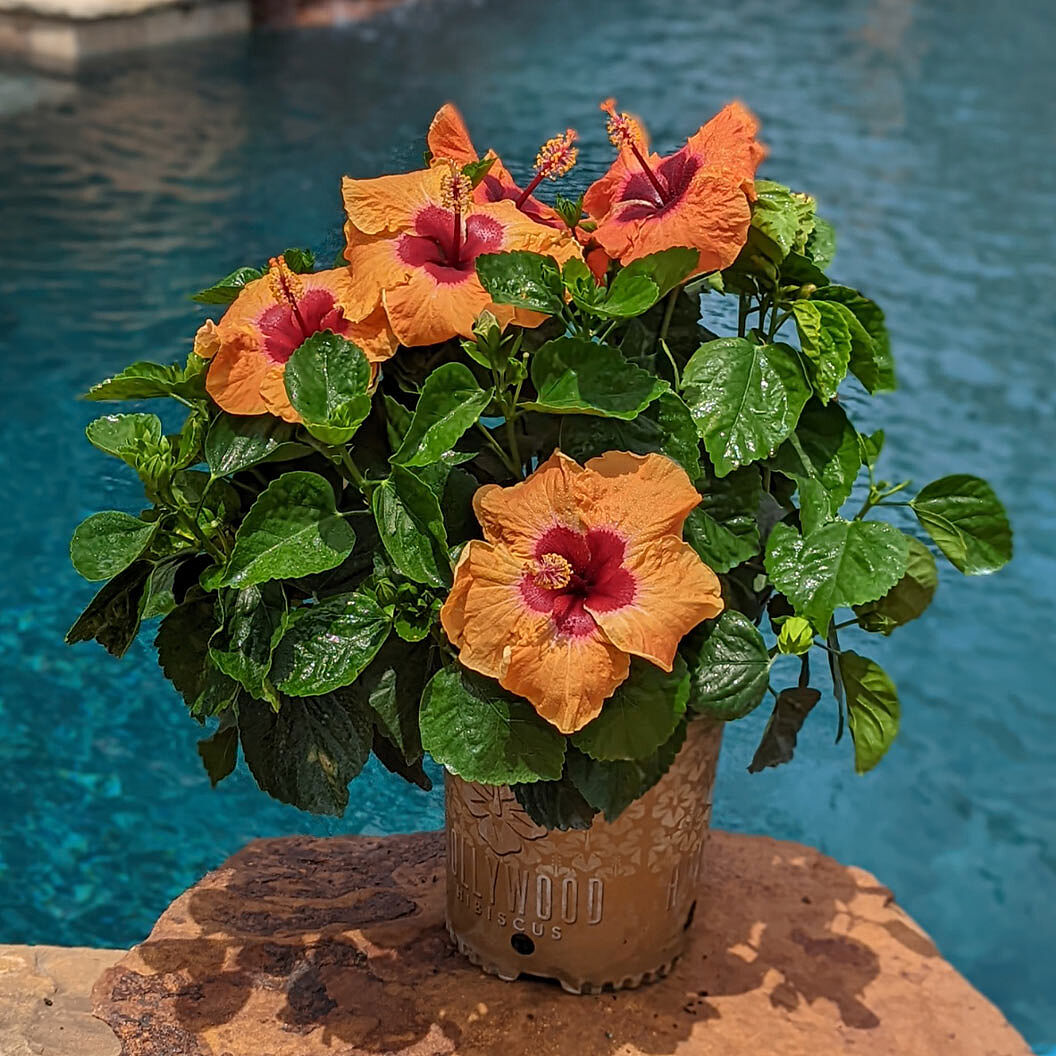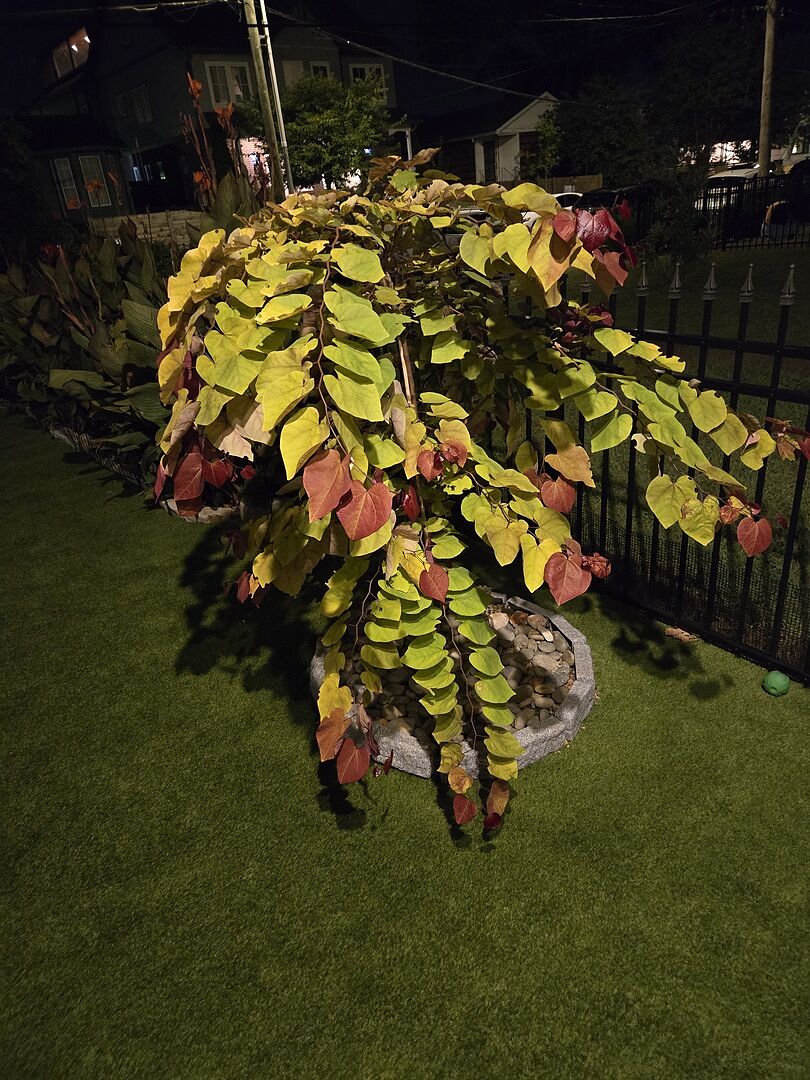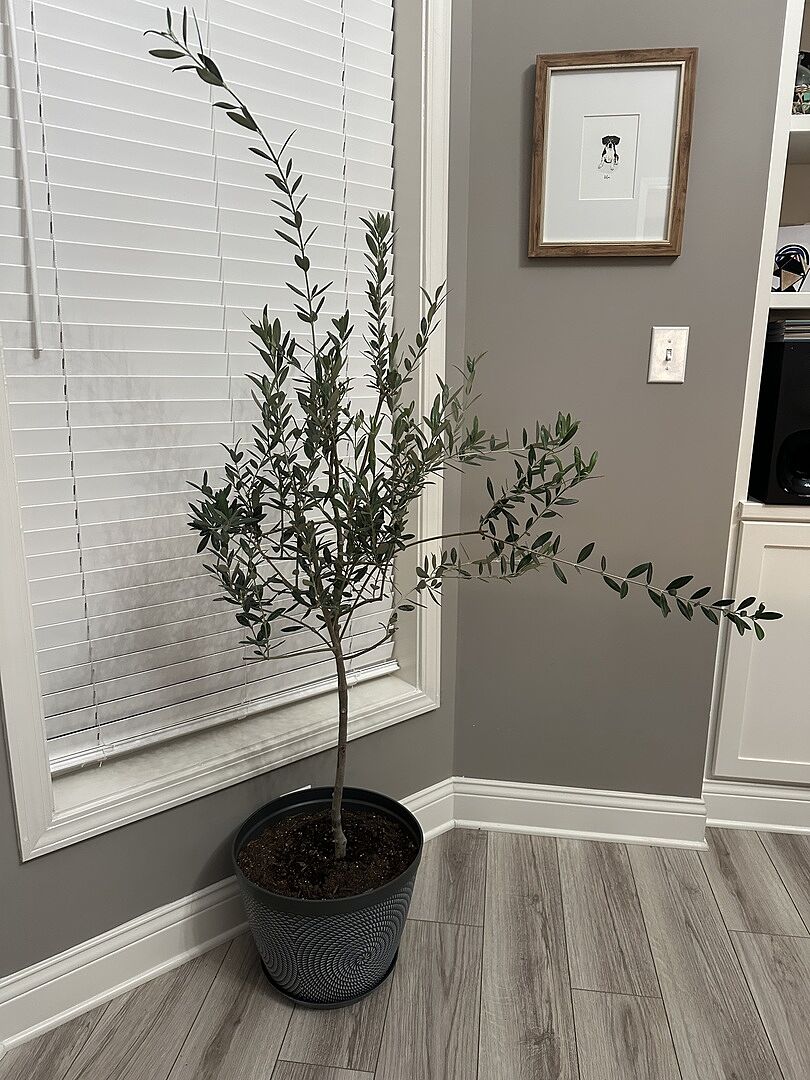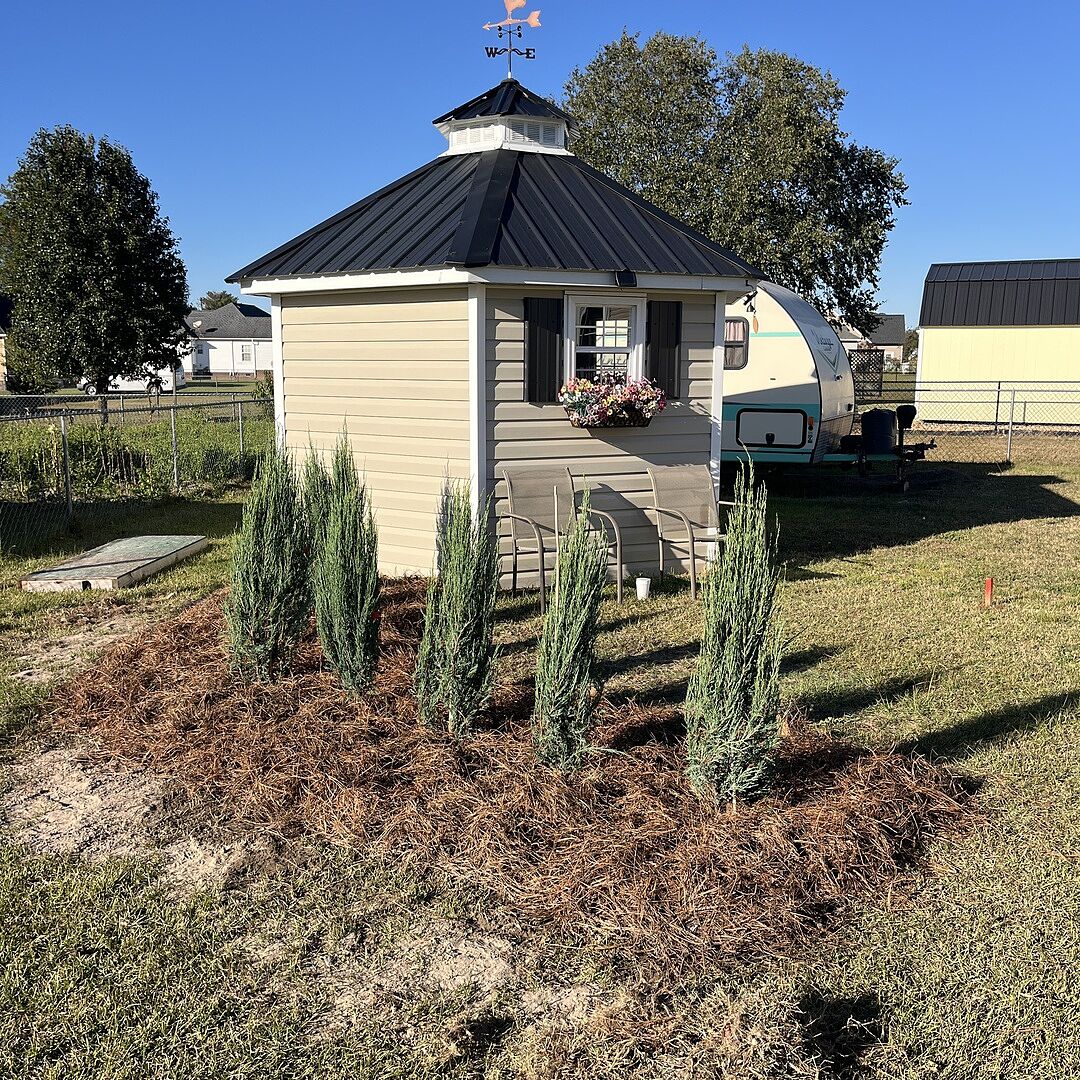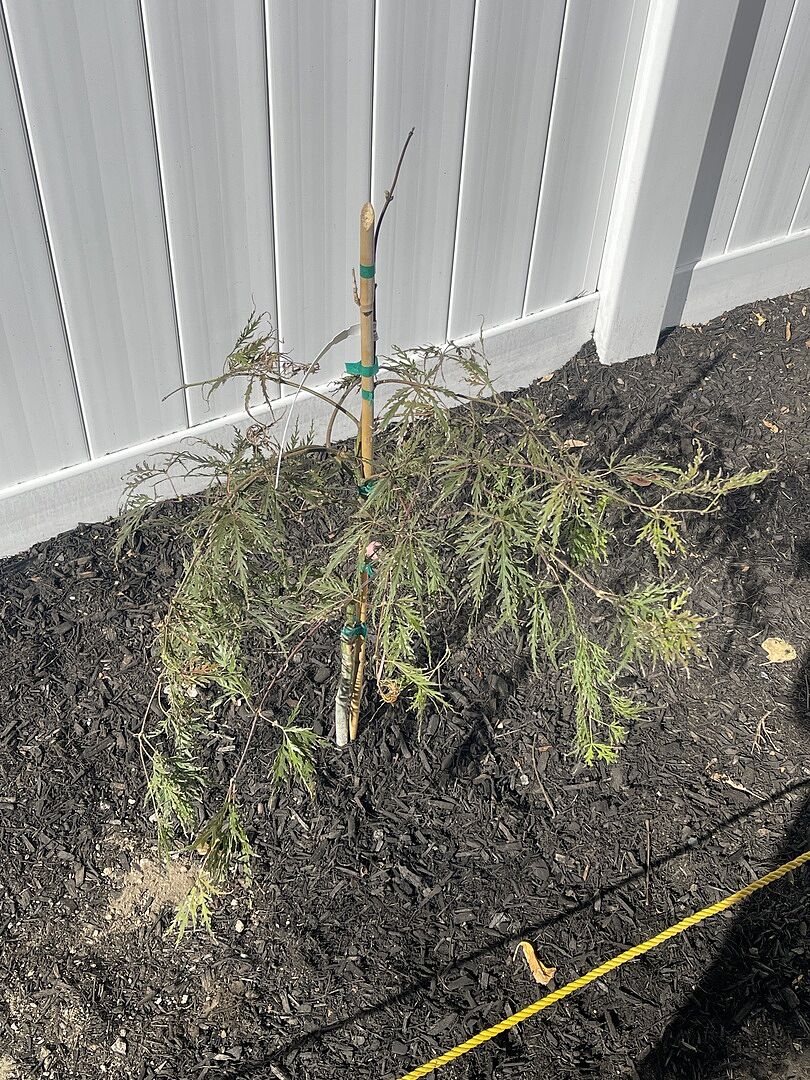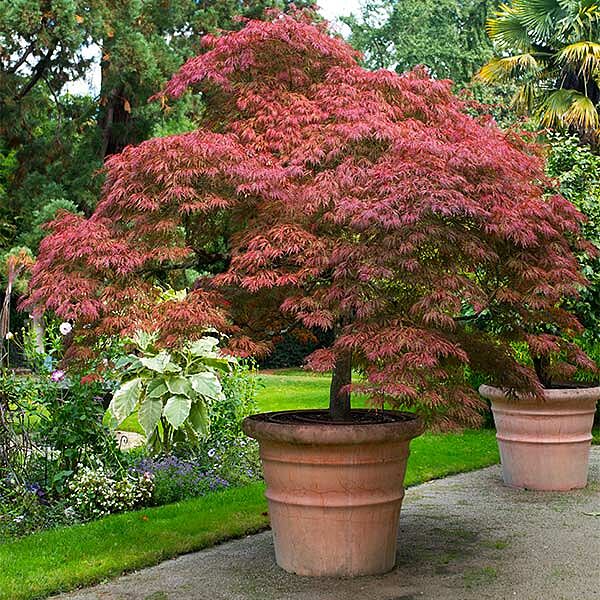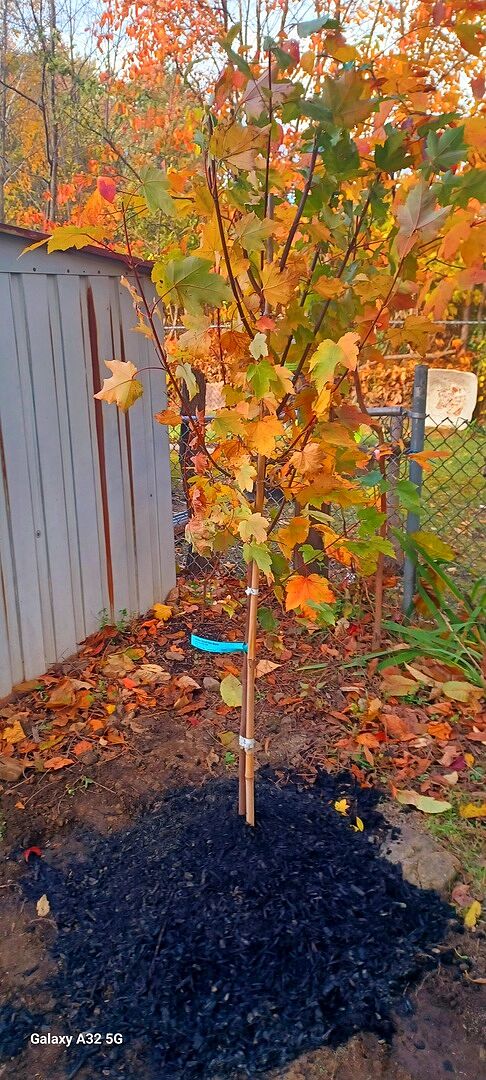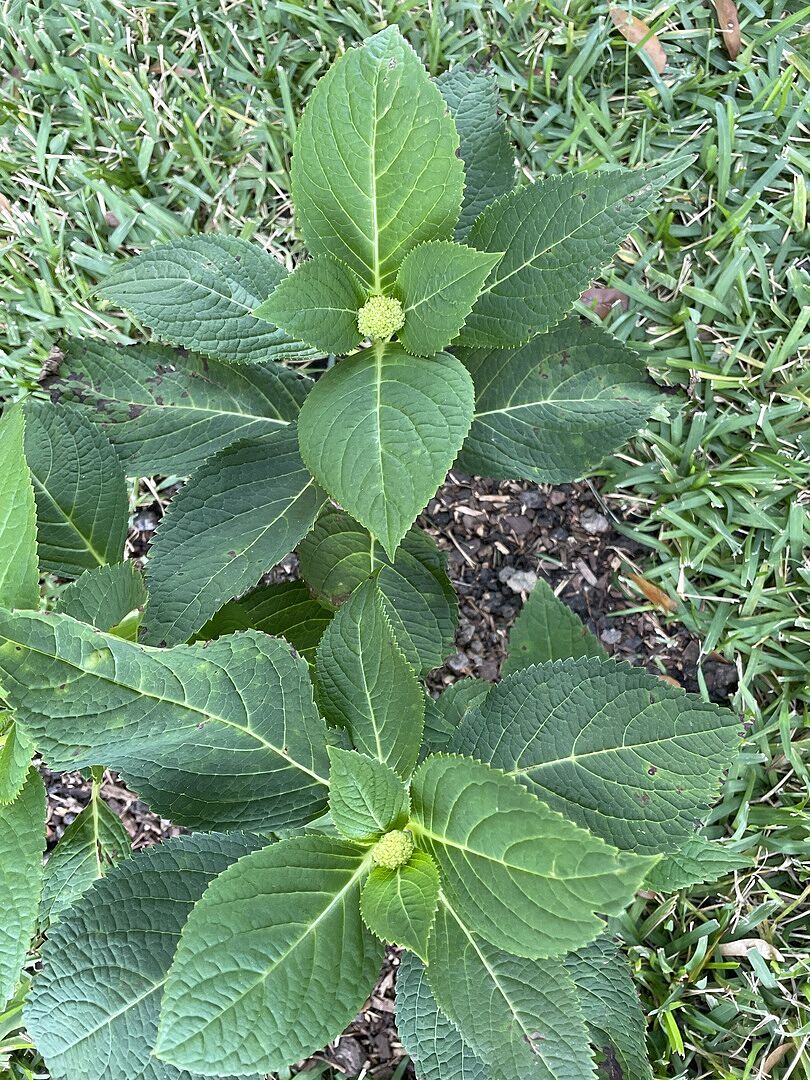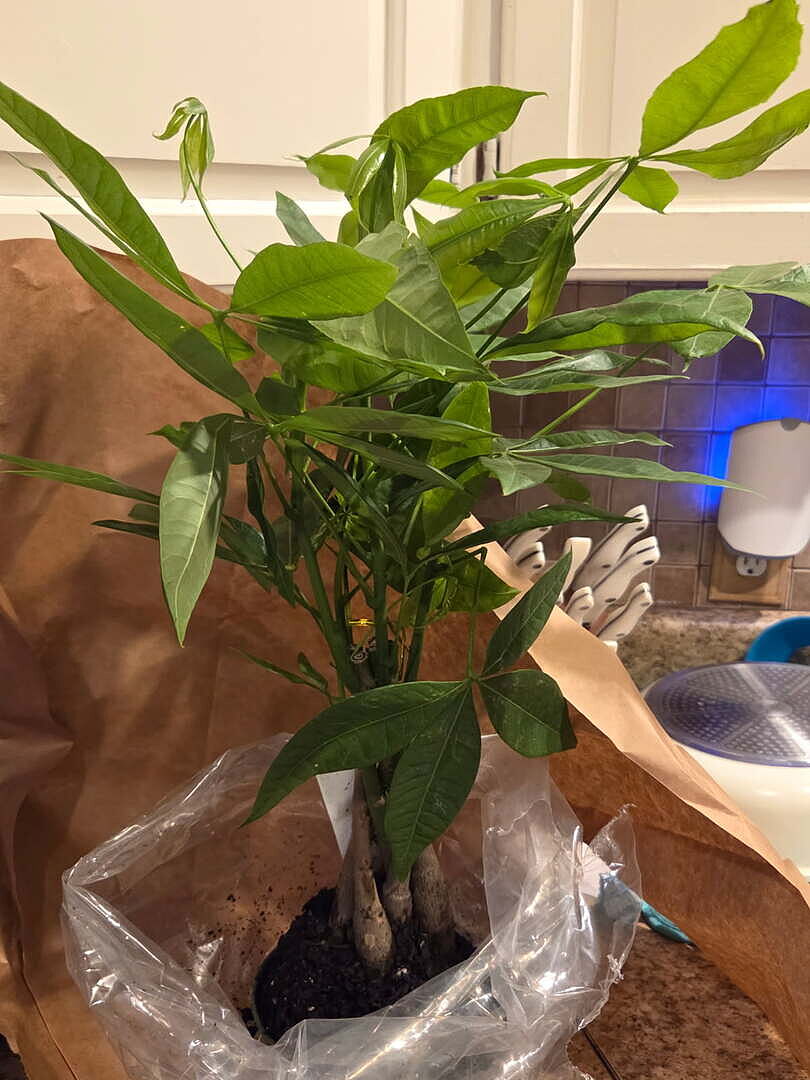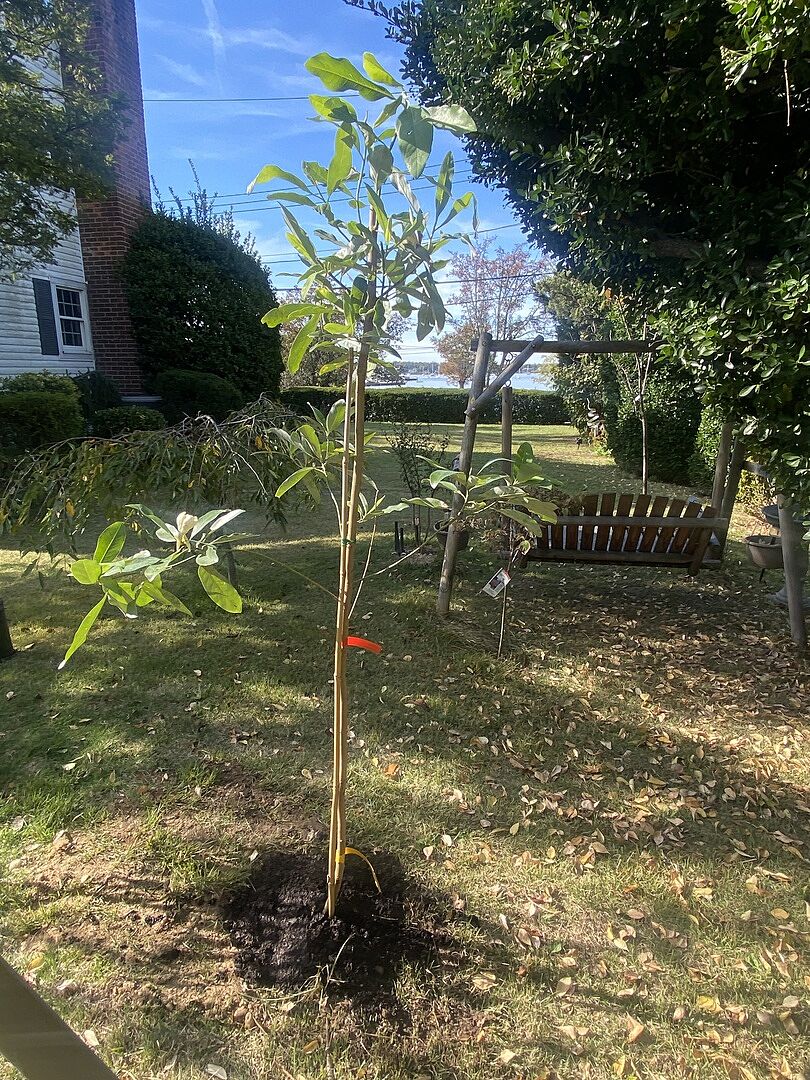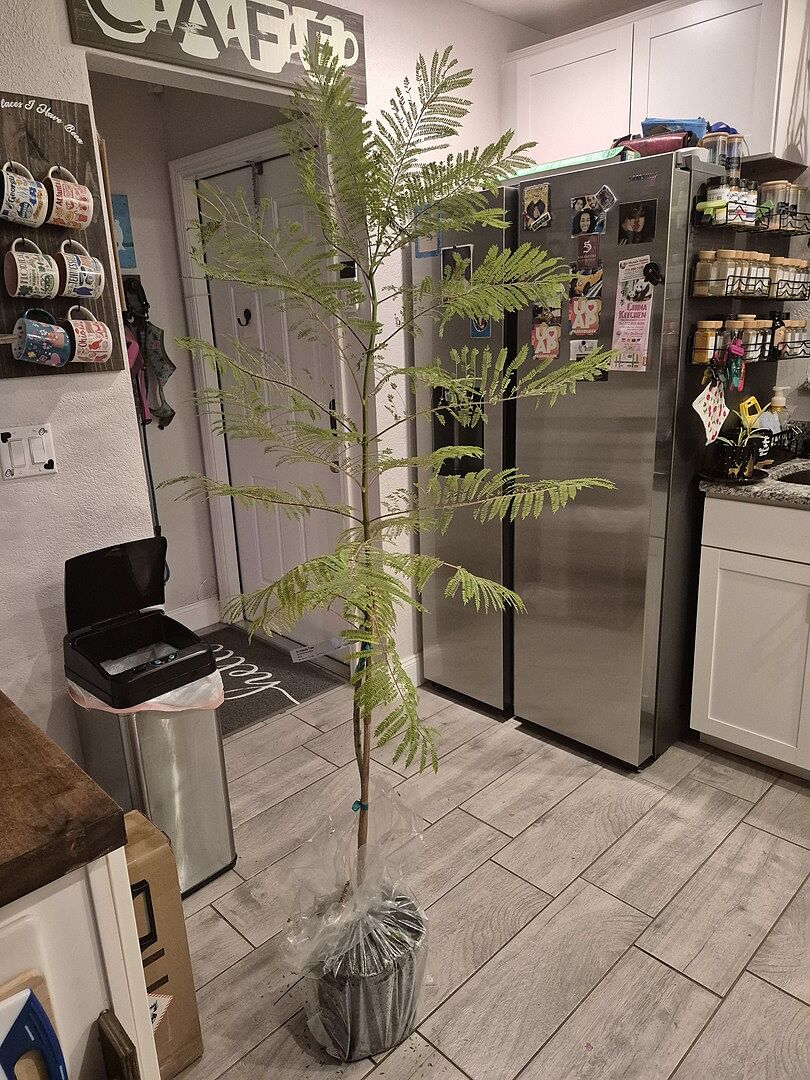Fruit Trees 101: Care

Last updated: May 08 2023

It's no secret that fruit trees need a bit more care than other plants, but we promise it's not as difficult as you might think! Fruit trees left alone will flower and produce fruit, but if you want a big harvest, be prepared to put some effort in.
Need to skip ahead? Use the links below to jump to a specific section:
- Understanding How Fruit Trees Grow
- Mastering the Basics: Water, Light, & Fertilizer
- Fitting Plant Care Into Your Routine
- Professional Planting Tips
- Preventative Care
The care needed for a particular fruit tree will change depending on the season and where you’re growing it. Even two varieties of the same fruit might require different care needs. Sure, you can write down everything you know about a certain fruit tree and what it needs compared to the others, but it's much more important that you understand how to read plants. By understanding the common signs that plants exhibit when their needs aren’t being met or what fruit trees need in general, you’re much better prepared to grow your own home orchard without the stress.
Keep scrolling to dive into fruit tree care, and check out the video below to see how @backyard_gardener_rach takes care of her fruit trees:
Understanding How Fruit Trees Grow
Most trees you purchase aren’t going to be fully mature yet, and that means you have some growing to do. Just like babies have different needs than adults do, the same goes for trees. A younger tree isn’t going to have the same needs as a mature one. Similarly, a younger tree is going to focus on establishing in the area and not so much on fruit production like an older one. So if you’re just starting out with your fruit tree and wondering where all the fruit is, it's normal and okay! Below are some other tips on what to expect from a tree depending on the stage of life it’s in.
Saplings
Saplings are the babies of the tree world and are around 1-4 years old with limited branching. They’ll need some extra protection in the winter or other extreme weather conditions and regular watering. The fruit and flowers might be present but not fully developed since most of the energy is going to the roots to establish themselves. It’ll take around 3 years to become established in a location, so be consistent and keep a lookout to catch any issues before they get out of hand. Stay tuned for our troubleshooting guide coming later on in this course!
Adolescent Trees
Adolescent trees are anywhere from 4-10 years old. Just like the lanky phase that a teenager might go through, trees at this stage might still be filling out. Expect some branches but not the full canopy just yet. The exciting part is that your tree will start to produce more regular and heavier harvests. Pay attention to pruning and training your tree at this stage to make sure it's growing how you want it to.
Mature Trees
Mature trees are around 10 years old and the final height will vary depending on the kind of tree you have and the pruning you’ve done. In general, your tree is established at this point and is on a routine with the weather in your area. Besides some predictable maintenance like pruning or spraying for a recurring issue, you can enjoy the (literal) fruits of your labor!
Mastering the Basics
One of the first things you learn about plants is that they’ll need light, water and nutrients to survive. Without one, the plant will die, and with the wrong amount of any of them, the plant becomes stressed. A stressed fruit tree of any kind will give you less fruit, so try to learn how to tell what a plant needs to avoid overdoing it.
Watering
One of the most common things asked after getting a new plant is, “how much should I water it?” While you’re correct to focus on proper watering, the better question to ask is “how much moisture can the plant tolerate?” There’s no magical amount of water that your tree needs - it’s entirely subjective, which is why many home gardeners struggle. Depending on the season, soil, climate, and type of plant, there are endless combinations to have that will influence the amount of water needed. Instead, focus on knowing how to water properly and how to know when your plant needs more or less moisture. This way, you can adjust to whichever conditions you have in your yard.

Overwatered plants are susceptible to root rot, fungal issues, and pests. They’ll often display droopy leaves, and in some cases, drop leaves prematurely. Under-watered plants appear dry and have crispy, browning leaf edges. The leaves in these cases might droop and fall prematurely, as well. The easiest way to tell is simply by feeling the soil. Dig down a few inches next to the tree and see if the soil is moist or dry. Dry soil means it's time to water and wet soil means hold off.
FGT Tip: Never just look at the soil to determine if it’s wet or dry, as this could be misleading. Make sure you’re actually feeling the soil a few inches down. If you rather not get your hands dirty you can also use a moisture meter or soil probe.
How to effectively water your plants
- Water your fruit trees in the morning to limit water waste through evaporation and allow the plant to use it more efficiently over the period of the day.
- Water at the base of the plant. Fruit trees are susceptible to fungal issues, so the less water in the canopy the better. Yes, the rain will get your leaves wet, but try not to extend the wetness by watering the leaves as well - it's the roots that need the water.
- Use lukewarm water. If you have a hose that sits in the sun all day, let the initial hot water run out before using it.
- Low water pressure is best. When watering, aim for a light rainfall sort of pressure that won’t displace soil or mulch. This also minimizes the splashing, further protecting your leaves and fruit from fungal damage.
- Slow is key! Plants uptake water slowly, so take your time. If you use an irrigation system, use a drip rate over a period of hours. For a hose, let it sit at the base of the plant for 10-15 mins to make sure the water has saturated the soil and not just run off.
- If using containers for your fruit trees, be prepared to water more frequently. Container plants will dry faster than those planted in the ground. Don't assume every plant needs the same amount of water on the same schedule.
Light
Light is how a plant is able to produce food and sugars for itself to then convert to energy to grow its delicious fruits. No light means no energy and no fruit, so it's important to get this part right if you want a harvest.
Too much light can result in sunburn on the leaves! Yes, it is possible for a leaf to get sunburnt and often looks like the top and outermost leaves got too close to an open flame. On the other hand, too little light will cause pale-looking leaves that are smaller than expected and might be sparse on elongated branches reaching for extra light.
While it’s possible to transplant your fruit tree, it’s best to start off in the right spot. Before planting, notice how the sun moves through your area and figure out the spots that get direct sunlight.

Helpful light information to know:
- Afternoon sun is more intense than morning sun.
- The south side of your yard will receive the most sunlight while the north side receives the least amount of sunlight.
- Full sun plants (most fruit trees fall into this category) will need around 6-8+ hrs of direct sunlight per day.
- Partial sun plants will need around 4-6 hrs of direct sunlight per day.
- Shade plants will need less than 4 hrs of sunlight per day.
- If the sun is too intense you can always invest in a shade cloth that decreases the intensity of the sun's rays, providing some needed relief.
- If you have a fruit tree in a container we highly recommend checking out this article about grow lights.
Fertilizer
If you have ever read a fertilizer label closely you might be having flashbacks to chemistry class. But no need to worry about lab partners or homework here; when it comes to plants it's fairly simple.
Plants need a total of 16 nutrients to survive, but you’ll only have to be familiar with the main three nutrients: Nitrogen (N), Phosphorus (P), and Potassium (K). You should always fully read the label and start fertilizing at the start of the growing season.

The role of each of the three main nutrients is as follows:
- Nitrogen is responsible for foliage and leafy growth
- Phosphorus is responsible for flower development
- Potassium is responsible for water retention and fruit development
By changing the amount of each nutrient in the fertilizer you get different formulations suited for different plants. For example, grass fertilizers will have a high nitrogen content to support a lush green lawn, but a rose fertilizer will be higher in phosphorus to support the flowers. This is why fertilizers aren’t one size fits all. Using the same fertilizer for your grass on your roses will get you an abundance of leaves but few flowers.
If you’re still a bit confused, think about fertilizers the same way you think about vitamins. We take vitamins to obtain nutrients more efficiently than through diet alone, and the kind of vitamins we take are based on our specific needs. Sure, you could take a child’s vitamin and be just fine, but you’re better off taking one suited for your needs like vitamin C for your immune system or Omega 3s for your heart.
The same is true when it comes to plants and fertilizers. You can give your fruit trees a general all-purpose fertilizer, but you wouldn't be supporting it as well as you could. Instead, look for a fruit-specific fertilizer that’s higher in phosphorus and potassium so you can support the fruiting process directly.
How to read a fertilizer label
Now you know a bit about the nutrients, take a look at any fertilizer container and you should see three numbers either printed on the front in bold or maybe off to the side (example shown below). These three numbers give you the percentage of the three main nutrients that are contained in that formula. The nutrients will always be in the same order so you can tell at a glance, based on the higher number, what that particular fertilizer supports.
XX - XX - XX
% Nitrogen (N) - % Phosphorus (P) - % Potassium (K)

This is only the basics on fertilizer, and if you want to know about the different forms of application and more about organic fertilizers, we suggest you head over to this article after reading this one.
Matching Your Orchard With Your Lifestyle
Although growing fruit will always take some time out of your week, there are ways to make it a little less time consuming. Here are some tips to reduce the hours you put into your garden and to improve your fruit yield.
If efficiency is your goal…
Give composting a try. Adding compost is an effective method to enrich your soil, feed your plants, and invest in the long-term wellness of your garden (all at the same time).
The best part is that you can make free compost right at home! Collect old plant debris and kitchen scraps and start a compost pile/bin in a corner of your yard. Plus, composting helps make your gardening more sustainable!
If sustainability is your goal…
Use nature to your advantage by planting specific plants to boost fruit production and deter pests. Our favorite crop-boosting companion plants are herbs like catmint or rosemary. These will keep pests away and draw in pollinators like bees and butterflies. By planting these varieties, you’ll cut down your workload (and amp up your fruit yield).
If easy maintenance is your goal…
Fruit plants can be arranged in a way to make their care less time consuming. Divide your yard into sections and focus your attention on one section at a time. Then, rotate your section focus to avoid work piling up everywhere.
FGT Pro Tip: Plant your highest maintenance trees in an easy-access area with plenty of space to work. That will help make regular weeding, watering, pruning, etc. a breeze!
Plant Like a Pro
Yes, you can dig a hole and put a tree in, but let's take it a step further. Planting is vital in setting up the tree for better establishment in your yard. After all, the goal is a good establishment, not a quick one. There isn't much you can do to speed up nature, but avoiding errors and issues will prevent you from setbacks.
Professional Planting Tips:
- Be gentle during the whole process. Yes, trees are hardy and can withstand a lot, but why add extra stress when being planted is already stressful enough? Instead of yanking off the pot, gently roll the container on its side and slide it off to minimize root damage. When handling the tree, have a firm grip at the base right next to the roots to avoid accidental breakage.
- It's okay if some roots rip. It might seem counterintuitive to the tip above, but there are some situations where you’ll need to purposely tear some roots. If your tree is root-bound or has circling roots, tease them apart! Circling roots are bad news for older trees because they can expand and eventually choke out the tree.
- Staking is often required for younger fruit trees when they’re getting established to prevent breakage. When staking, pull your rope taut but leave some slack - if it’s too tight it can actually create tension and cause the tree to break. Check back from time to time as the tree grows to adjust or remove supports and make sure they’re not restricting sap flow by being too tight around the branches.

Preventative Care
Nothing in life is fool-proof and plants are no exception. Even with the most diligent care, issues can arise, so it's best to know what to expect and how to be prepared. For more troubleshooting, stay tuned for a later guide in this series. For now, here’s an overview of some of the issues that are common to see with fruit trees and what’s out there to help combat them.
Common issues that fruit trees face can be divided into the main categories of fungal, bacterial, viral, nutritional, environmental, and physical. Depending on the kind of fruit trees you’re growing, you might be more susceptible to one over the other.
Non-Chemical Actions to Help Protect Your Fruit Trees
Before you call it quits or invest in chemical sprays there’s actually a lot you can do to decrease the chances of your tree becoming sick. Below are just a few ideas of how you can best support your tree to naturally fend off problems.
- Keep your tree happy! We know, easier said than done but there’s some truth behind this. Stressed trees are more vulnerable to illness just like our immune system is compromised in times of high stress. Prioritizing care is just a simple step you can take to minimize the severity and occurrence of issues.
- Use physical deterrents. If you’re facing pest issues or fungal issues, try to get at the source. Invest in bug deterrents like sticky paper or traps to capture them before they get to your tree. Burn or bag fungal-infested leaves that have fallen to stop the spread to healthy trees.
- Keep tidy. Not all gardens have to be in rows or picture-perfect, but there is value in raking up old leaves and weeding. These actions prevent hiding spots for pests and bacterial and fungal spores that might make their way to your tree. Dispose of leaves and weeds in a compost pile away from your fruit trees and use mulch around the base of your trees instead.
- Overwintering. If you’re growing tropical plants (or live in a zone too cold for your fruit trees), you’ll need to protect them from losing their progress in winter. Depending on the plants you have, here are your options:
- Move container plants into a greenhouse, near or in your house, or into a sheltered area. You can even use a temporary structure, but we recommend looking online to find a solution that works for your plant and budget.
- Inground plants should be wrapped or covered with materials to keep the cold out. Frost blankets are great to help insulate your plants. If you’re running on a tight budget, consider using old sheets or burlap. Whatever you choose, be sure the material is breathable (you don’t want your plant to suffocate).
Common Fruit Tree Sprays and Treatments
If you’ve ever looked at the treatment section of your garden supply store it might seem overwhelming to choose the right one or whether you should buy chemicals at all. But, rest assured that you have options and there are many ways to further protect your trees in a way that matches your lifestyle.
Types of Treatments
Insecticides, pesticides, and fungicides come in many forms depending on the application. These are targeted to a certain pest, insect, or fungus and are a great option if you know the specific issue you’re facing. As with any product, read the label fully for application instructions and to determine whether it’s fruit safe.
Broad-spectrum sprays are fantastic for general care and a bit more user friendly. They often have more than one active ingredient and mode of action to stop a variety of issues. As with other treatments, read the label fully and make sure it’s fruit safe.

Tips for Success
- We recommend that you address only the issues that you’re facing. For example, if you have no pest issue then there really is no need to waste time and money on an ant deterrent. Treat the issues that you have, and if you’re experiencing the same issues year to year, stay on top of the application.
- If you’re hesitant about spraying or applying certain chemicals, try looking into other methods or organic sprays. There’s a lot out there and with some searching, you’re bound to find the solution that works for you.
- Remember, trees are living and so, from time to time, an issue might pop up. This is normal and unfortunately just part of life. Do your best to catch it early and provide your tree with the care it needs and time to heal.
Yes, fruit tree care is more hands-on compared to other plants, but it's not impossible and doesn't have to be a hassle. Next time you water, take a moment to see how you’re watering and how to adjust. When reading a fertilizer label, see what the plant is actually receiving and if it supports the fruiting and flowering or just adding growth. Look at the age of your fruit trees and adjust your expectations to determine what stage of life it’s in. And be sure to implement the tips and tricks in this article to refine your gardening skills and get a better harvest.
To keep learning, check out the rest of our Fruit Trees 101 Course, filled with all the sweet tips you need to create your backyard orchard!

Written by
Meredith Gaines
Meredith's love for plants started at a young age, and only grew when she started working in the Desert Exhibit at the South Carolina Botanical Gardens and the Historic Filoli Estate in the Bay Area. After graduating from Clemson University (GO TIGERS!) with a degree in Biology and Horticulture, she found her niche in the FastGrowingTrees.com family as a horticulturist and has grown in her current role as Senior Plant Expert.
She currently resides in her hometown of Charlotte, North Carolina, and enjoys spending any time she can outdoors. She learns new things about plants every day and loves sharing her plant knowledge and tips with those around her. Her favorite plant is constantly changing, but her long-time favorites are peonies, oak trees, and ferns.
Featured Product

Chicago Hardy Fig Tree
737 reviewsStarting at $69.95















